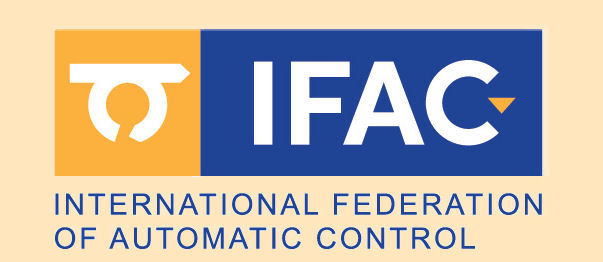| Paper WeAT2.1
Matour, Mohammad-Ehsan (Mittweida University of Applied Sciences), Winkler, Alexander (Mittweida University of Applied Sciences)
Adaptive Safety Zones for Collaborative Robots Using LSTM-Based Motion Prediction and Deep Reinforcement Learning
Scheduled for presentation during the Regular Session "AI-based Robot Control I" (WeAT2), Wednesday, July 16, 2025,
10:00−10:20, Room 106
Joint 10th IFAC Symposium on Mechatronic Systems and 14th Symposium on Robotics, July 15-18, 2025, Paris, France
This information is tentative and subject to change. Compiled on July 16, 2025
|
|
| Keywords Learning robot control, Sensory based robot control
Abstract
Ensuring safety in human-robot collaboration is critical in shared workspaces where dynamic interactions between humans and robots occur. Traditional safety measures often rely on static zones or reactive strategies, which may fail to adapt effectively to unpredictable human behavior. To address these limitations, this paper proposes a novel framework that integrates deep reinforcement learning and machine learning-based trajectory prediction to dynamically adjust safety zones in real time. The system incorporates a safety laser scanner for intruder detection and environmental monitoring, a reinforcement learning agent for adaptive safety zone management, and a long short-term memory network for intruder trajectory prediction. The reinforcement learning framework dynamically adjusts safety zone parameters, including margins and auxiliary points, based on intruder proximity, robot position and robot target position, while the long short-term memory model predicts future intruder positions to enable proactive safety measures. This integration of predictive models enhances preemptive safety zone adaptation and minimizes the risk of collisions. Moreover, since the safety area covers only critical positions, unlike static zones, operational efficiency is improved, and the protected device experiences fewer interruptions. The framework is validated through extensive real-world tests. Evaluation metrics include prediction accuracy, safety zone coverage, and real-time adaptability, demonstrating improvements in proactive safety and dynamic response capabilities compared to conventional methods.
|
|


 This site is protected by copyright and trademark laws under US and International law.
This site is protected by copyright and trademark laws under US and International law.